Everything You Need To Know About Retinaldehyde

You may be familiar with Retinol, but have you heard of retinaldehyde (sometimes called “retinal” or “all-trans-retinal”)? In the skin, retinol is converted in two steps to the biologically active form of vitamin A, All‑trans retinoic acid. First, retinol is oxidized to retinaldehyde; then retinaldehyde is further oxidized to retinoic acid.1,2 Because it lies one conversion step closer to the active form, retinaldehyde is considered among the strongest over-the-counter retinoid‐type ingredients.3 Read on to learn more about what retinaldehyde is, how it works, and how it can be used in skincare — including how our Retinaldehyde Cream Serum 0.05% is formulated to support these mechanisms. Retinaldehyde Cream Serum 0.05%.
THE SCIENCE BEHIND IT…
The retinoid family
Retinoids refer to natural and synthetic derivatives of vitamin A. These include retinol, retinaldehyde (RAL), retinoic acid, retinyl esters, and other derivatives.4 Retinoids are involved in many biological processes including cell-growth regulation and differentiation.
Conversion pathway in the skin
In the skin, retinol undergoes sequential oxidation: retinol → retinaldehyde → retinoic acid.5 The pathway is supported by enzymatic systems such as the retinoid oxidoreductive complex (ROC) involving RDH10, DHRS3, and the aldehyde dehydrogenase (ALDH1A) family.6 A mouse-skin study found that topical retinaldehyde produced measurable all-trans retinoic acid in vivo, and induced similar biological responses to retinoic acid itself.7,8 Because retinaldehyde requires only one conversion step (rather than two for retinol), it is considered more “advanced” in the retinoid pathway.
Tolerance profile
Available human-use data indicate that topical retinaldehyde has good skin tolerance: in a long-term pilot study involving 45 patients, topical retinaldehyde was well tolerated even over extended use, with no phototoxic or photo-allergic reactions reported.
What Retinaldehyde Use Can Support for Your Skin
Using retinaldehyde in a skincare routine may support the appearance of:
• A skin surface that looks smoother and more refined (via regulated cell-surface turnover)
• A more uniform-looking tone and texture
• A strengthened feeling of the skin barrier (as it influences epidermal differentiation)
• An earlier step in the vitamin A conversion chain, potentially offering a stronger effect than retinol without being a prescription retinoid. In one recent eight-week clinical trial of a retinaldehyde formulation (0.1% plus peptides, ceramides, lipids), participants saw visible improvements in fine lines, visible hyperpigmentation, skin texture and pores — and the formula was well tolerated.
Retinaldehyde in Skincare — How This Product Works
Our Retinaldehyde Cream Serum 0.05% is designed to leverage these mechanisms:
• It uses retinaldehyde (at 0.05%) — the closest over-the-counter precursor to retinoic acid.
• It uses a sustained release/ encapsulation delivery system to protect the retinaldehyde molecule from oxidation (retinoids are sensitive to oxygen, UV and visible light) and to support skin comfort.
• It combines retinaldehyde with a fermented oligopeptide which supports non-acid exfoliation of surface cells to support smoother-looking texture and radiance.
• It also includes a niosomal delivery system of pomegranate seed oil, yeast extract and ribonucleotides to contribute to skin hydration and revitalized appearance. (Pomegranate seed oil is rich in punicic acid, a bioactive constituent often used to support skin tone and elasticity.)
• The product color’s natural yellow hue reflects retinaldehyde’s intrinsic color.
When incorporated into a nighttime routine, this serum can help support smoother-looking, more uniform-toned skin. As always, pairing with a broad-spectrum SPF during the day remains essential when using vitamin A derivatives.
Usage & Considerations
• Begin use gradually (for example, 2-3 nights per week) to allow your skin to adapt.
• Because retinaldehyde can be more potent than retinol (due to fewer conversion steps), start with lower frequency if you’re new to retinoids.
• Avoid the simultaneous use of strong exfoliants (like high-percentage acids) on the same night to reduce risk of irritation.12
• Patch testing remains recommended prior to widespread use.
• As with all retinoid-type ingredients, daytime broad-spectrum sun protection is critical.
• Formulation quality matters: retinaldehyde is relatively more sensitive to degradation vs some other actives; packaging and stabilization techniques help maintain efficacy.
Summary
Retinaldehyde is a vitamin A derivative that sits one conversion step prior to retinoic acid in the skin. Because of its proximity to the active form, it is among the most advanced over-the-counter retinoid-type ingredients. Research indicates good skin-tolerance and supports its use in helping the skin look smoother, more even in tone and texture, and refreshed. Our Retinaldehyde Cream Serum 0.05% incorporates this advanced molecule together with delivery architecture and supportive ingredients to help you integrate it confidently into your routine.

DISCLAIMER:
Lab Journals are intended to help educate on specific ingredients and skin care topics. Our articles are written to be informative and informational.
Please note any Naturium products with referenced ingredients are formulated for Cosmetic Use Only and NOT intended as replacements for physician pharmaceutical product recommendations.
SOURCES:
- 1Mukherjee, S., Date, A., Patravale, V., Korting, H. C., Roeder, A., & Weindl, G. (2006). Retinoids in the treatment of skin aging: an overview of clinical efficacy and safety. Clinical interventions in aging, 1(4), 327–348.
- 2Ramos-e-Silva, M., Hexsel, D. M., Rutowitsch, M. S., & Zechmeister, M. (2001). Hydroxy acids and retinoids in cosmetics. Clinics in dermatology, 19(4), 460–466.
- 3Didierjean, L., Carraux, P., Grand, D., Sass, J. O., Nau, H., & Saurat, J. H. (1996). Topical retinaldehyde increases skin content of retinoic acid and exerts biologic activity in mouse skin. The Journal of investigative dermatology, 107(5), 714–719.


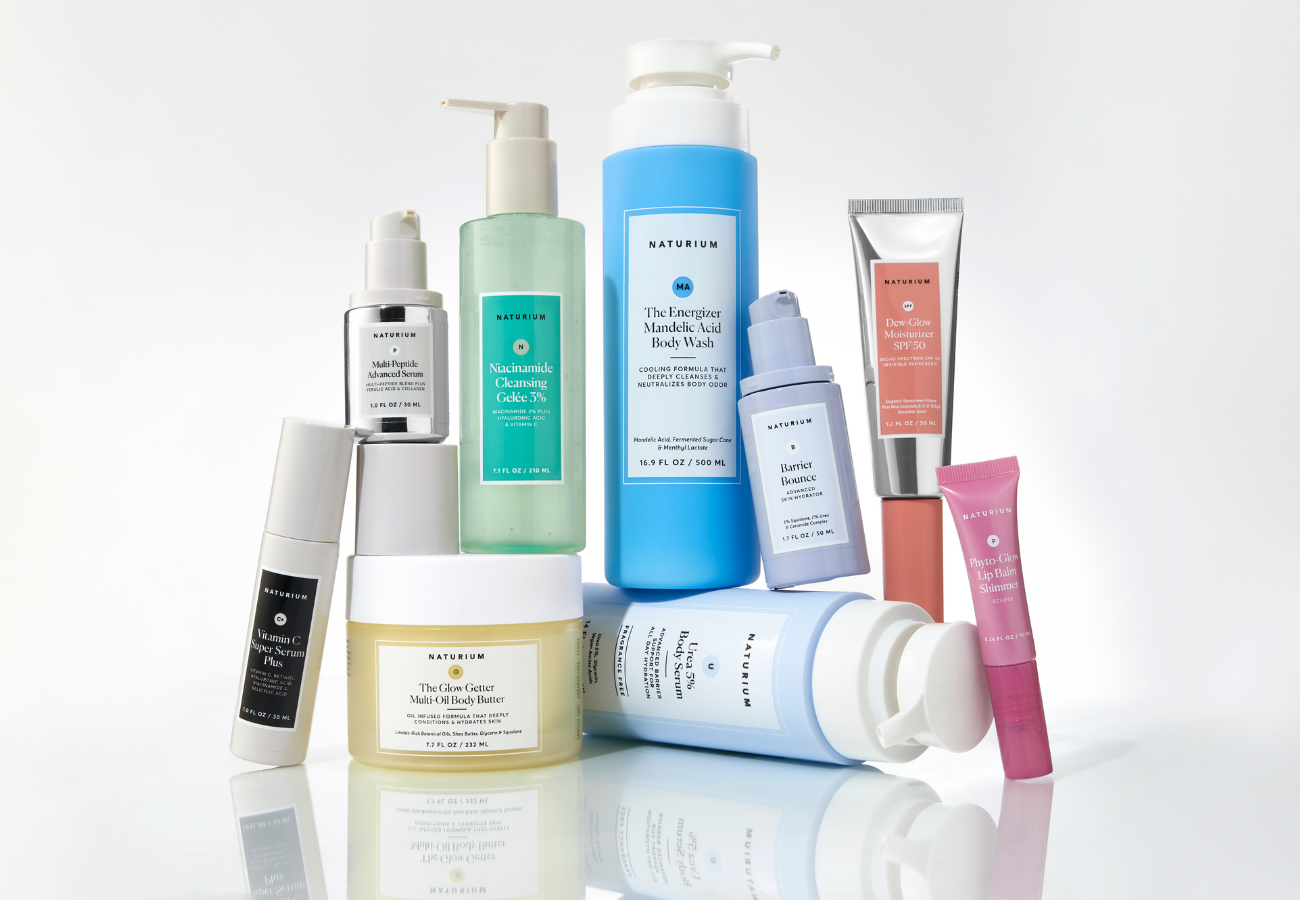
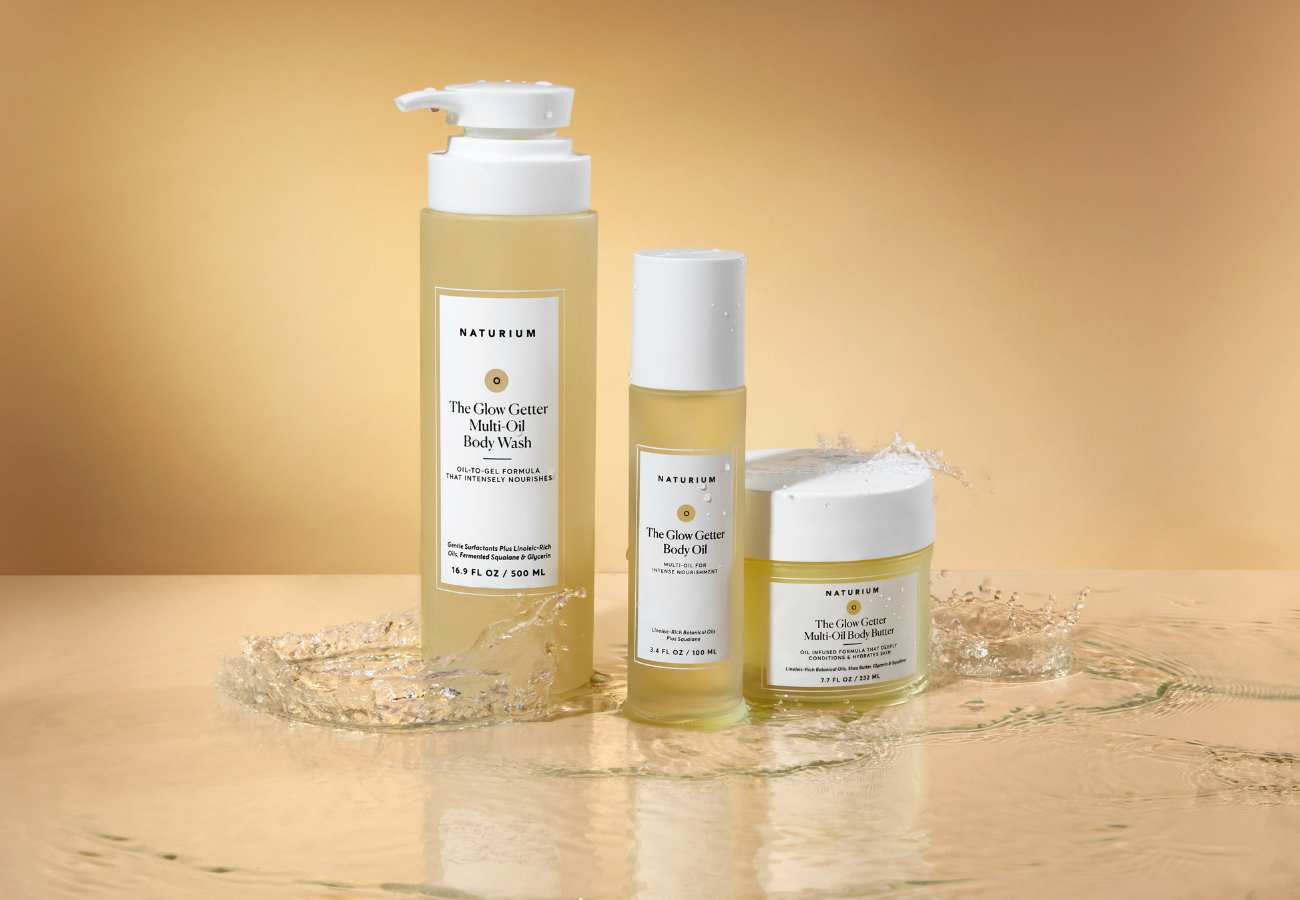
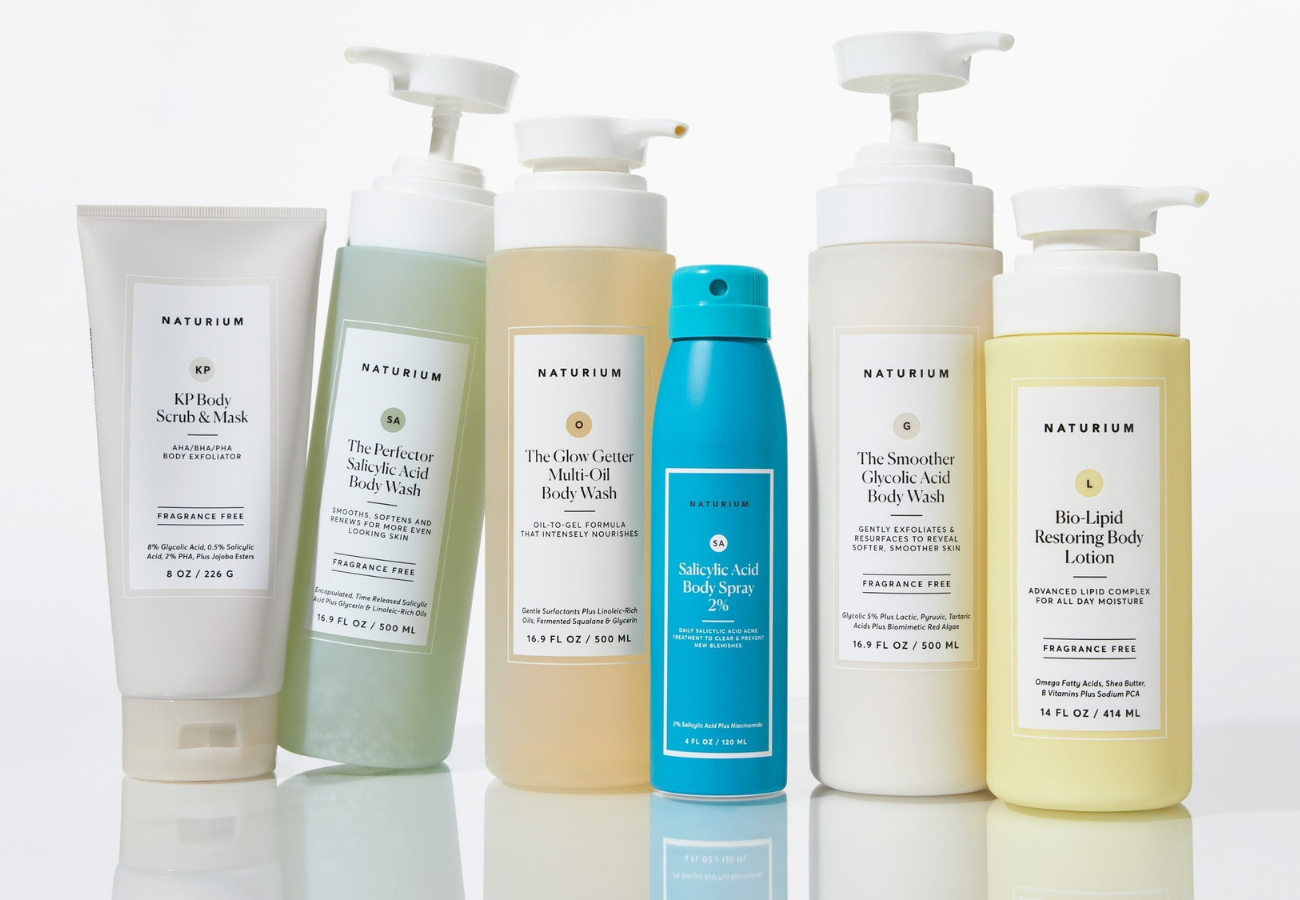
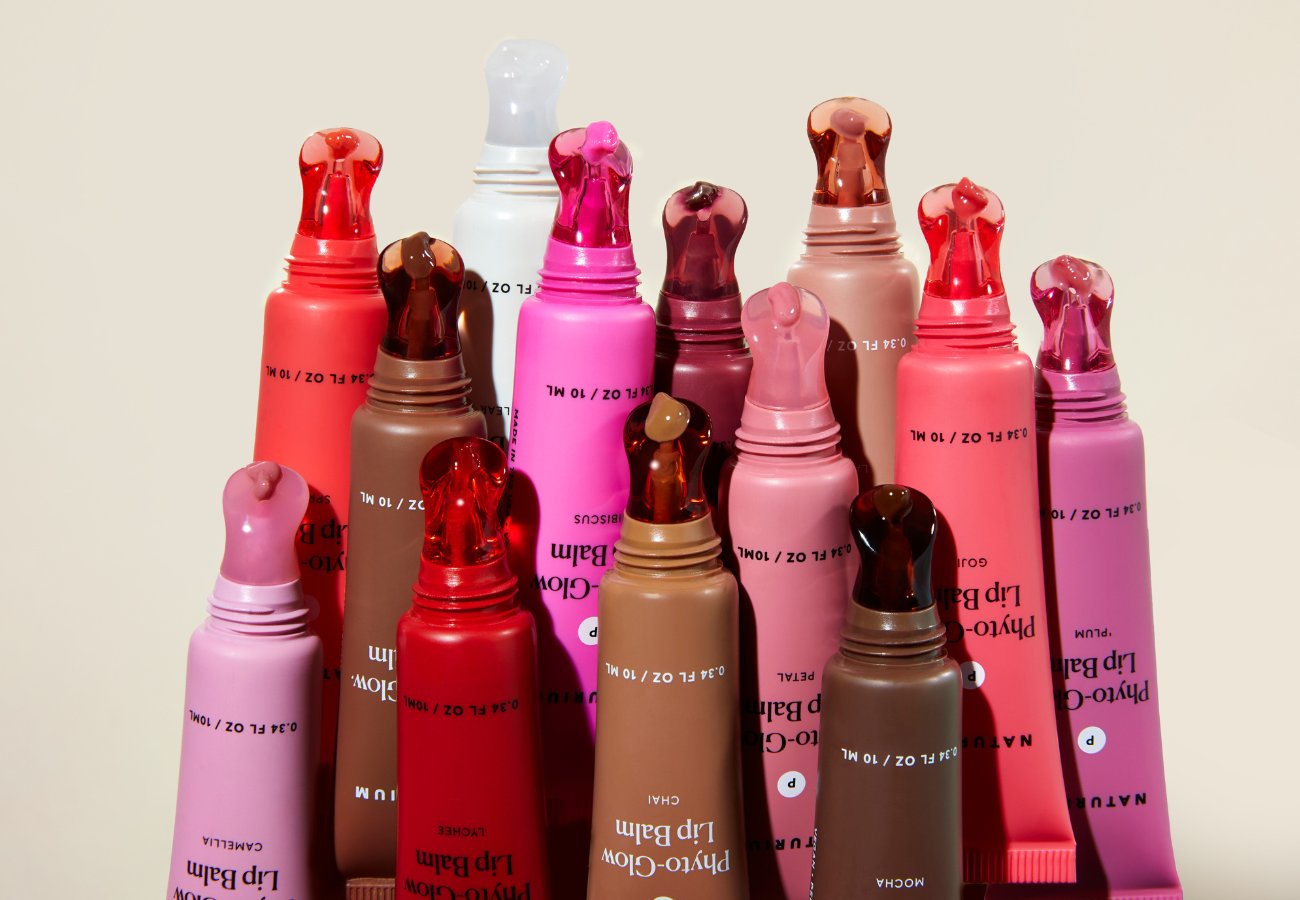
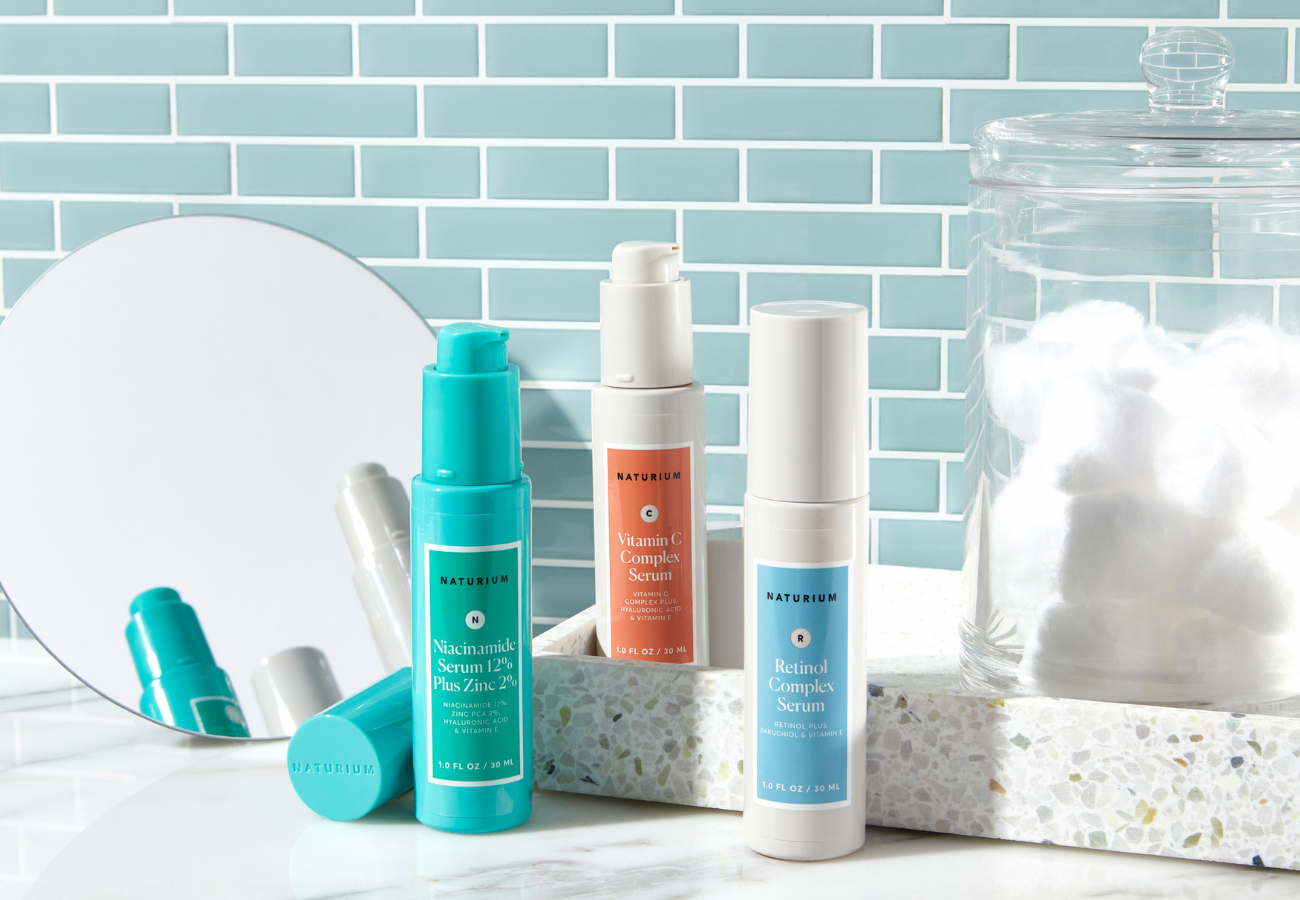
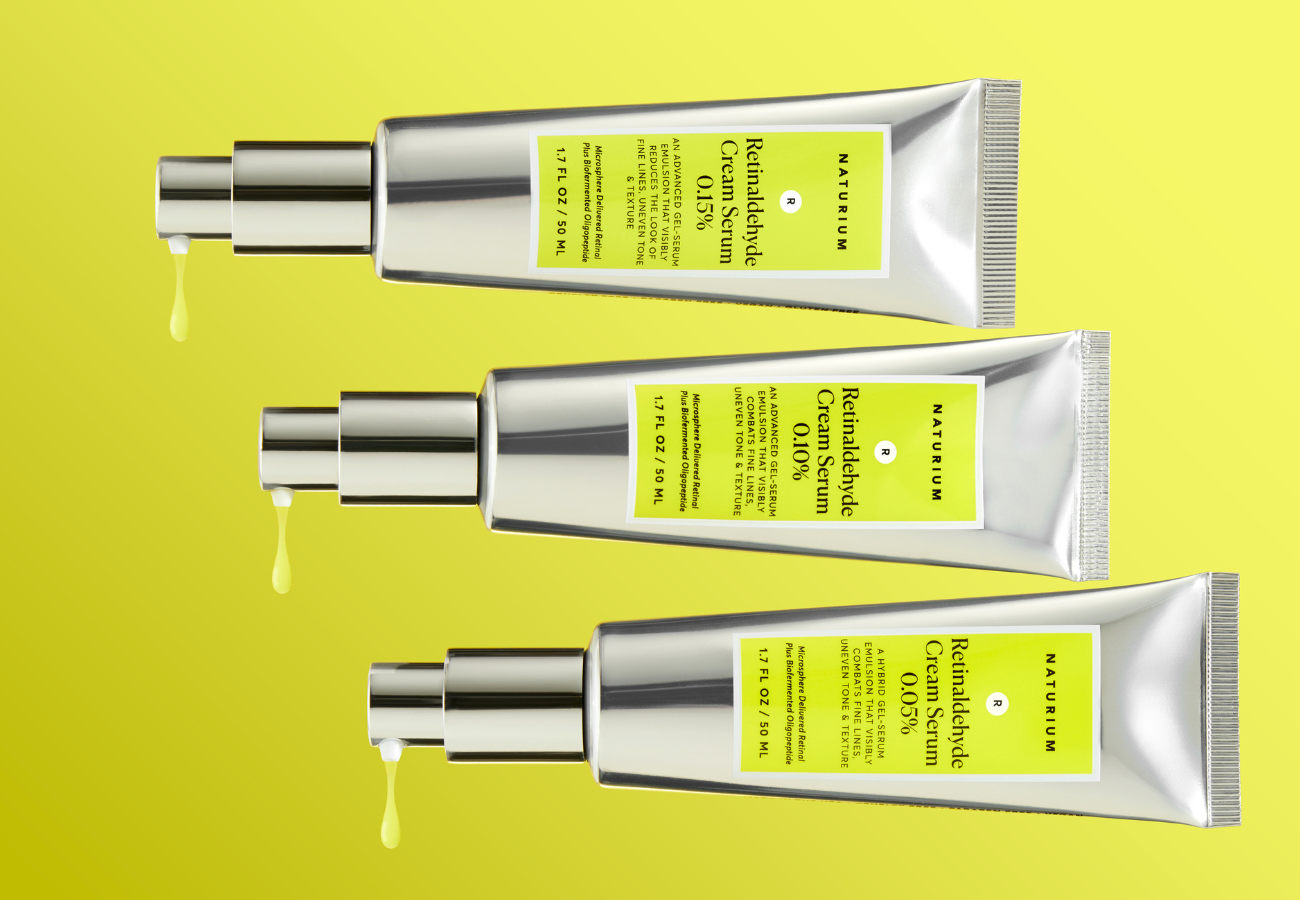
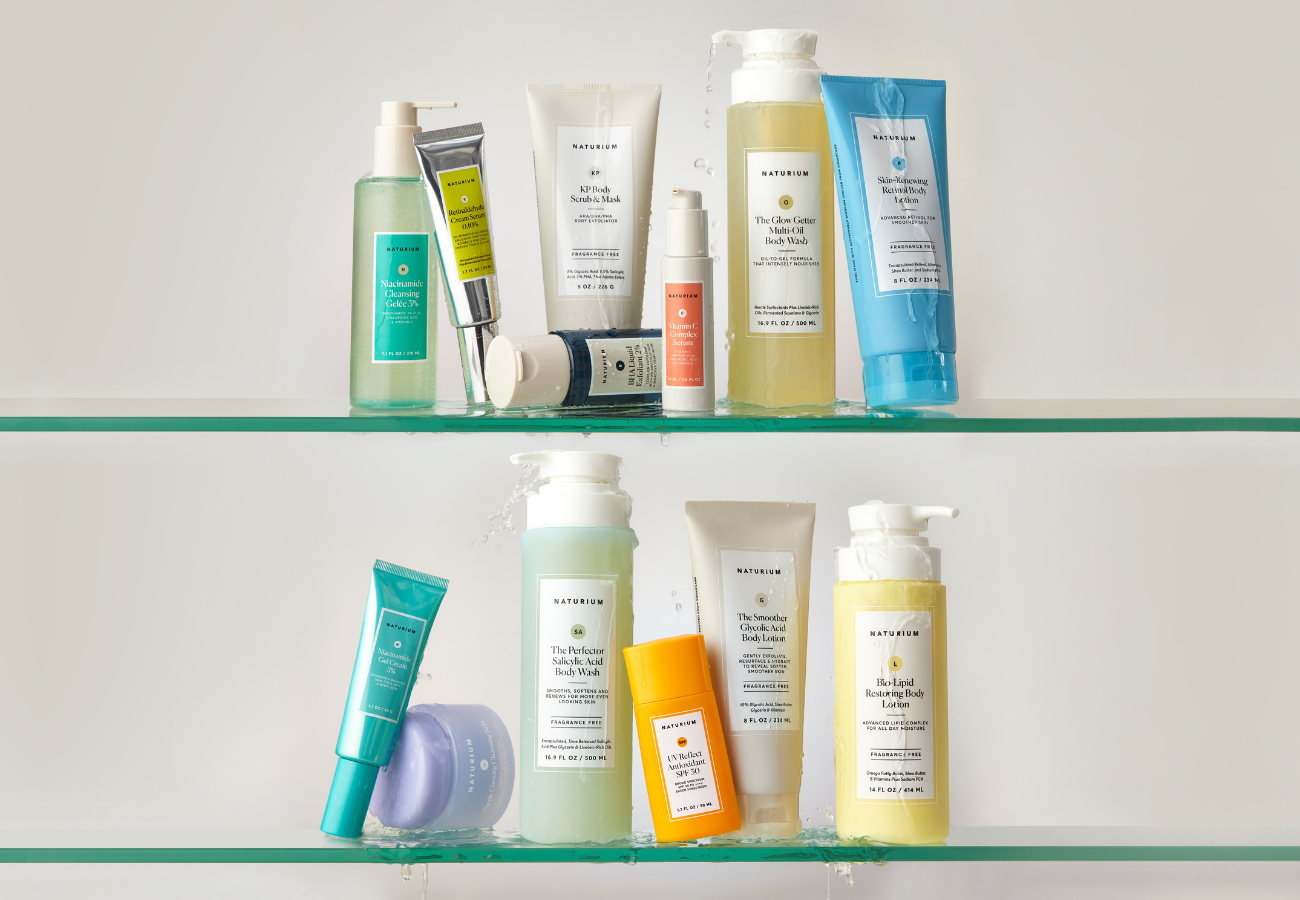
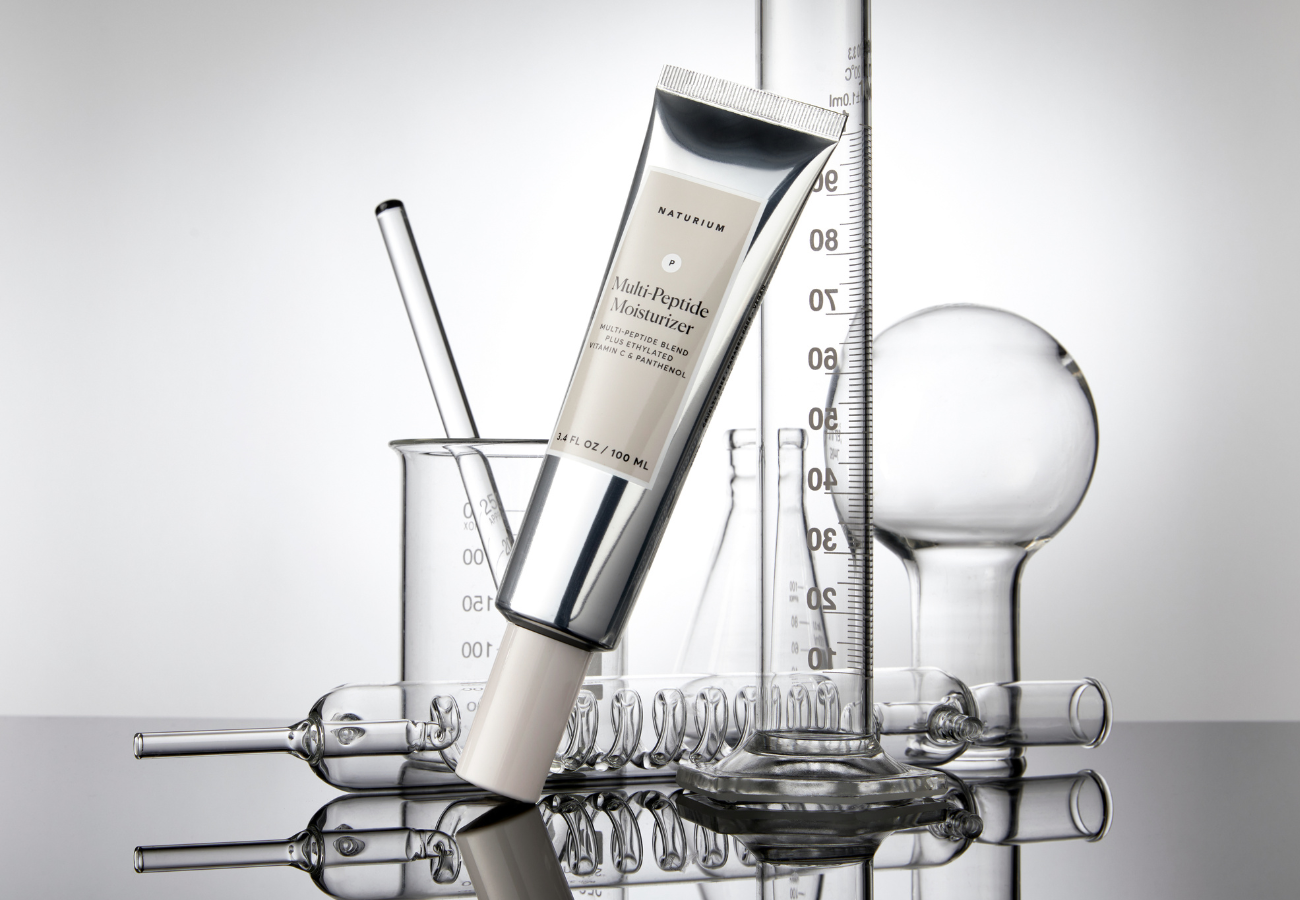

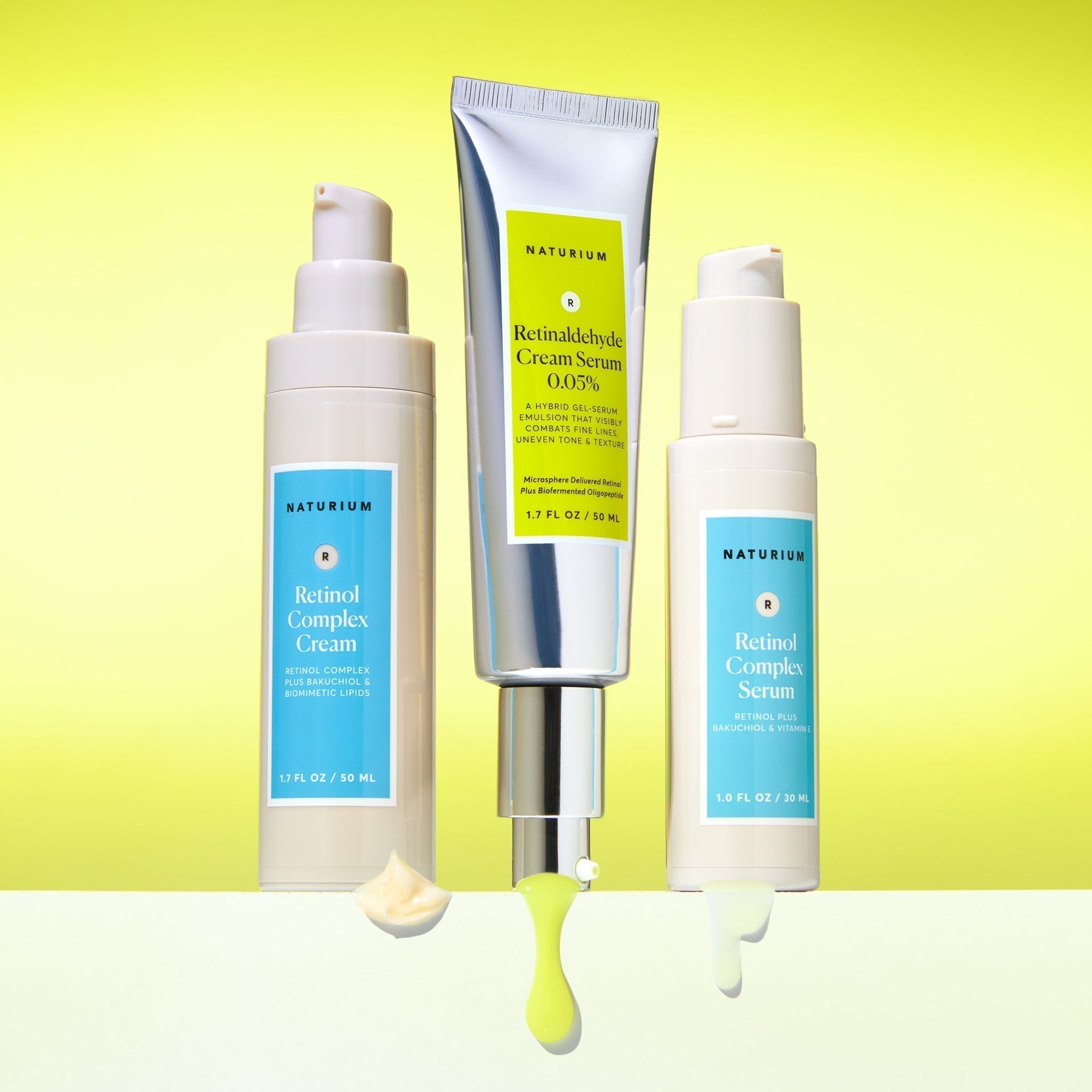
Leave a comment
This site is protected by hCaptcha and the hCaptcha Privacy Policy and Terms of Service apply.